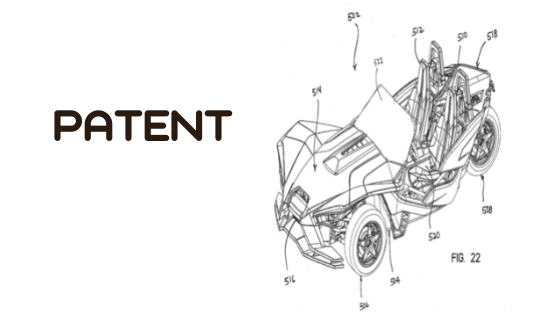
Ownership of Patent Rights
An invention is made by an employee is usually owned by the company for which they work. This is the case where an invention is made during the ordinary course of the employee’s duties and either i. it could be expected that a patentable invention would result from that work; or ii. a special obligation or duty was owed by the employee to the employer. In short then, if an employee creates a patentable invention outside the ordinary course of his usual job specification, it is likely that he owns the right to apply for a patent, and the proceeds of exploitation of the patent.
If the employee’s job was to design and invent, it is more likely that the invention is owned by the employer; equally an invention made by a senior employee or company officer whose engagement foresees a furtherance of the company’s interests, is also likely to an invention owned by the company rather than the employee as described in how to patent something with InventHelp article.
Where the employee applies for a patent where the employer was entitled, the employer is entitled to a transfer of the patent and vice versa. Exploitation of a patent granted to an employee brings with it the unusual benefit of obtaining immunity from infringement proceedings in respect to the use of the employers’ copyright and design rights in exploiting the patent.

Employee Compensation
An entitlement for compensation arises regardless of the country in which a patent is obtained by an employer. Where the invention is of ‘outstanding benefit’ to an employer, the employee becomes entitled to a fair share of the benefit. The benefit must be derived from the patent, and not simply the invention. The size and nature of the employer’s undertaking is taken into consideration in determining whether an outstanding benefit has been derived. An outstanding benefit is considered to be one that is superlative return or something out of the ordinary.
When an employee contributes to an invention, the patent right – and the right to apply for the patent – rests either with the employer or the employee. If the employee owns the right to apply, they are entitled to the proceeds for exploitation. In the event that the employer owns the right to apply, the employee may be entitled to fair value compensation as a statutory reward for their labors. In addition, there may be joint inventors who are entitled to apply for a patent together as explained on how to patent a product with InventHelp post.
It is important to remember that any public disclosure of a patentable invention prior to an application puts a patent application at risk. Disclosures should only be made after a non-disclosure agreement has been signed by the party receiving the information about the invention.


